
Soon school will be out and families will be ready to break out – visiting parks, going hiking and camping in heavily wooded areas. Many state and federal parks have been closed due to the pandemic. Now that they’re reopening, there’s a chance that folks will soon be venturing where nasty ticks live.
These vampiric pests will be questing – perched on a leaf or branch just waiting for you or Fido to brush nearby. They’ll grab onto your clothes or Fido’s fur and climb on.
Ticks aren’t only in the woods. They also live in short grass and easily adhere to your shoes, pants, sleeves, hats, or your dog’s ears, fur, paws and tail. Don’t let them migrate into your RV!
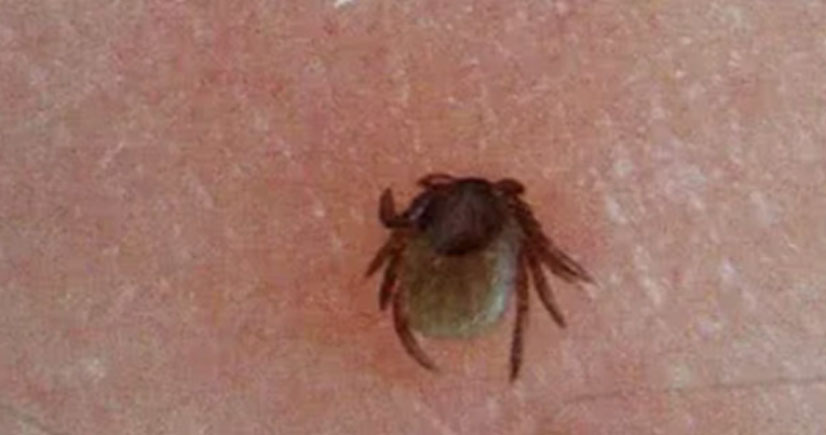
Vampires among us
Ticks are attracted to warm-blooded mammals and us humans by our scent (i.e., pheromones and carbon dioxide emission). If these blood-sucking pests don’t feed on blood in each growth stage of their life, they die. And most of us don’t have a brood of chickens to pick them from our yard and surrounding campsite!
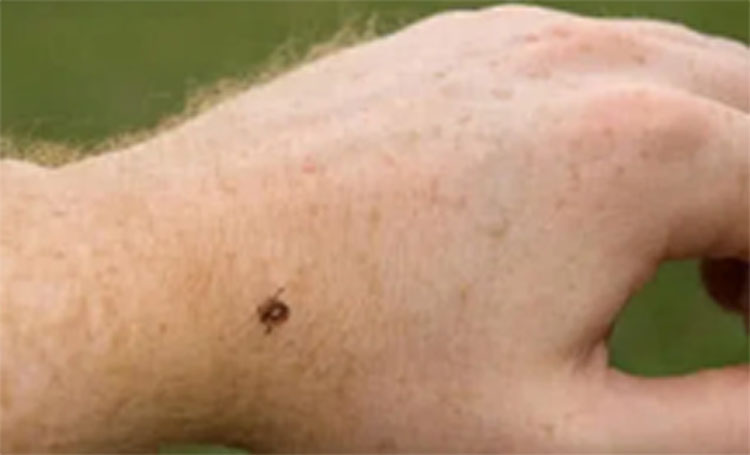
Transmitting deadly diseases
Ticks carry deadly diseases for us humans as well as our best friends. According to the CDC, ticks can deliver Lyme disease, Powassan virus, babesiosis, Rocky Mountain Spotted Fever, anaplasmosis, ehrlichiosis, as well as lesser impacting rashes, fevers and maladies.
Yes, you can safely hike in the woods and let Fido wander about. But do yourself, your family, and Fido or Fifi a huge favor and check thoroughly after every jaunt outside, especially in wooded areas. Use a spray containing DEET on your shoes, pant legs and long-sleeved shirts and headgear.
They’re in all 50 states
There are several species of ticks, some specific to geographic regions, that spread different diseases. Each can cause havoc with you and your four-legged friends. Depending upon geographic location, they can even bite in the cooler months, so don’t think it’s just a summer issue. Here’s what to look for after a tick attaches itself to you:
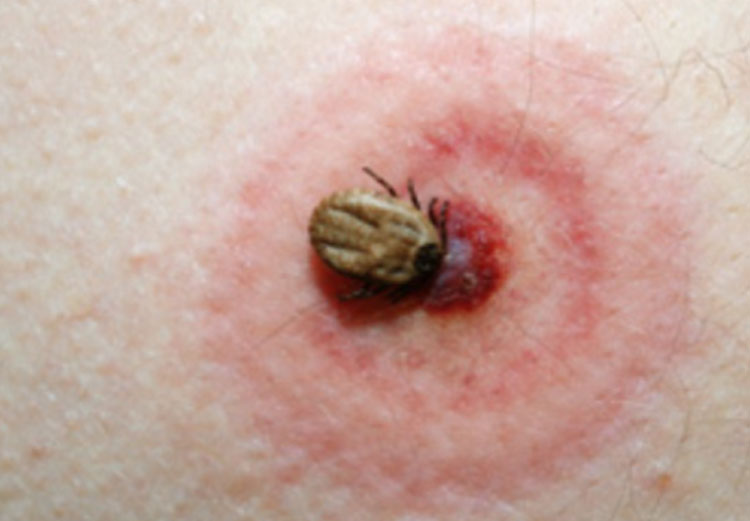

Don’t overlook Fido … or Fifi
Now, for our four-legged friends. The myriad of tick-borne diseases can negatively affect pets soon after being bitten. Ticks like warm areas where the skin is thin enough to penetrate and gorge on the blood of their victim. Common symptoms to look for besides redness or red circles are lethargy, loss of appetite, pale gums, dark-colored urine, diarrhea, seizures and other changes in behavior. These can occur within a few days of contact. If in doubt, seek veterinary attention.
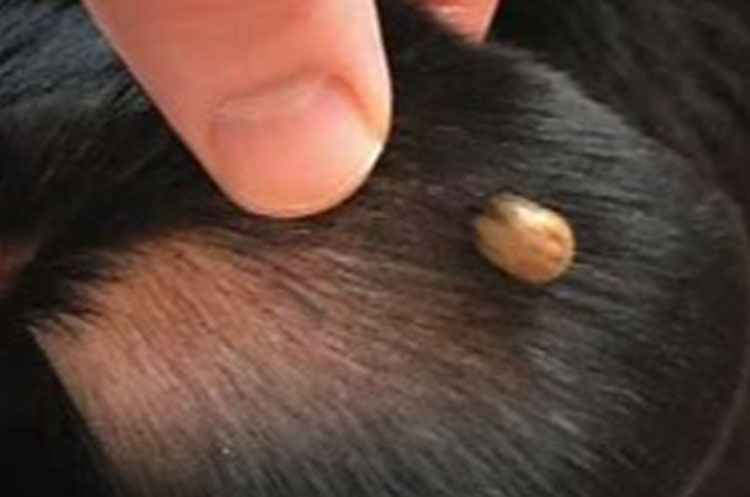

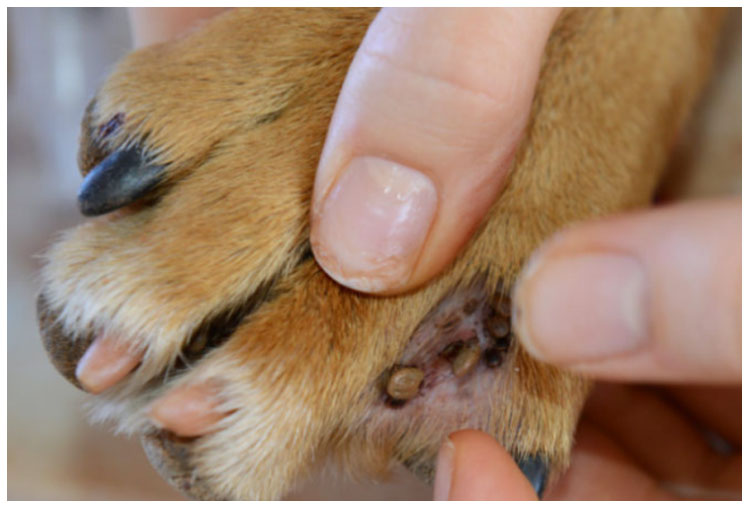
Find and remove a tick before it bites
If you are lucky and able to remove the tick, drown it in rubbing alcohol. Keep the tick and take it to the veterinarian so the species can be identified with one of its known transmittable maladies. The same goes for us humans. And, if we are bit, it’s better to keep the tick and show it to a healthcare professional if you are being treated if fever, chills, rash or other unusual development exists after being bitten.
DIY and natural prevention measures
Prevention is the key to not contracting a tick-borne malady. This skin tonic spray made from essential oils was seen on Shark Tank. It is safe for your skin and Fido’s, and even for cats. It’s made from essential lavender, cedar, lemongrass and neem oils and can be sprayed on your dog prior to venturing into an area endemic with ticks. According to the manufacturer, it repels insects immediately and the neem oil soothes irritated skin.
Essential oils are more helpful than just for bathing
You can make a DIY tick-repellent mixture consisting of a combination of citrus oils, essential oils like lavender, lemongrass, cedar, and rose geranium. Some folks have combined lavender oil with apple vinegar. Again, these are natural, non-toxic, non-chemical-laden mixtures. The best defense, however, is prevention by dressing appropriately and checking yourself and your dog thoroughly, looking in the smallest of crevices for those tiny vampires.
How to remove a tick
Besides narrow tweezers, this is a tool for easily picking off ticks. Be careful not to twist during removal or leaving the head attached to yourself or Fido’s skin. There are more devices to remove ticks online. Some come with a chart to identify the culprit that bit you or Fido. If you can’t keep or find the tick, perhaps the chart will come in handy. Do your homework before you create one of these concoctions. Make sure it’s healthy and safe for everyone.
This chart offered by the CDC may help you identify and avoid contact with these nasty critters.
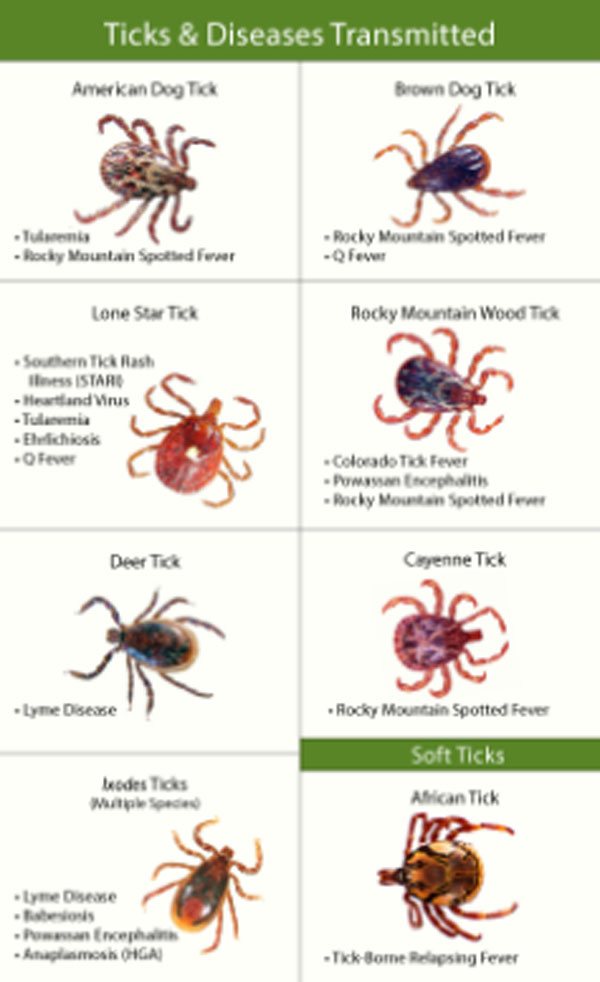
Remember, it only takes a couple of hours for a tick to begin the process of infection. Be vigilant. Be wary. And be smart.
Read the edited article published on March 26, 2021 here: ‘Tis the season for tick talk – RV Travel
Kate Doherty has been writing for more than 30 years in technical and general media. In her previous business, she and her spouse dealt with special projects within the military/government sector. Recently she published “Masquerade: A Logan Scott Novel” under the pen name Bryan Alexander, a thriller now available in eBook and paperback on Amazon. It’s a page-turner!